If you’re looking for snow, many European places transform into winter wonderlands from January through April. There are plenty of opportunities to enjoy a snowy winter in Europe, from snow hotels to ski resorts. However, some regions experience more snow than others. How much snow a country gets depends on factors such as how mountainous the region is and how close to the Arctic Circle. What are the eight snowiest countries in Europe? Read on to find out.

1. Russia
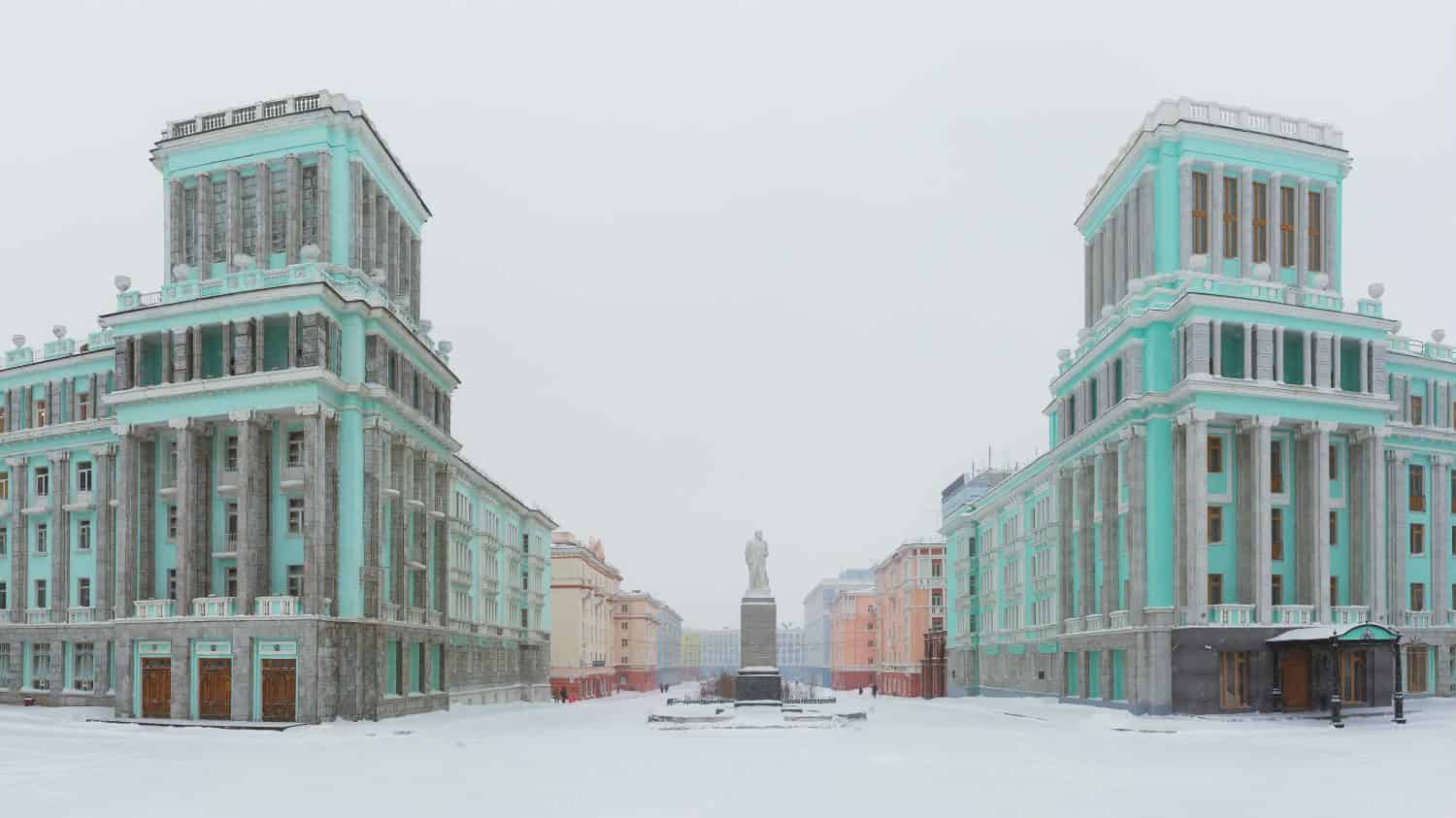
Norilsk is one of the coldest cities in Russia and is covered in snow for seven to nine months.
©Andrei Stepanov/Shutterstock.com
Unsurprisingly, Russia comes in first on our list of snowiest European countries. Although Russia is a large country with varying climates, the overall average yearly snowfall is 150 inches (381 centimeters.) Russia gets the most snow in its northern region, especially inside the Arctic Circle. Russia is also home to the northernmost city in the world. Winters in Norilsk are frigid, snowy, and dark.
2. Switzerland

The picturesque mountain resort of Zermatt is located below the famous Matterhorn peak.
©iStock.com/extravagantni
Coming in second for snowy European places is the mountainous country of Switzerland. Annual average snowfall in Switzerland is a whopping 102.3 inches (260 centimeters.) Switzerland is known for its snowy winter landscape and is home to many ski resorts in the Swiss Alps. Aside from skiing, there are plenty of winter activities in the Swiss Alps. You can take a scenic countryside train ride, go snowshoeing or tobogganing.
3. Norway
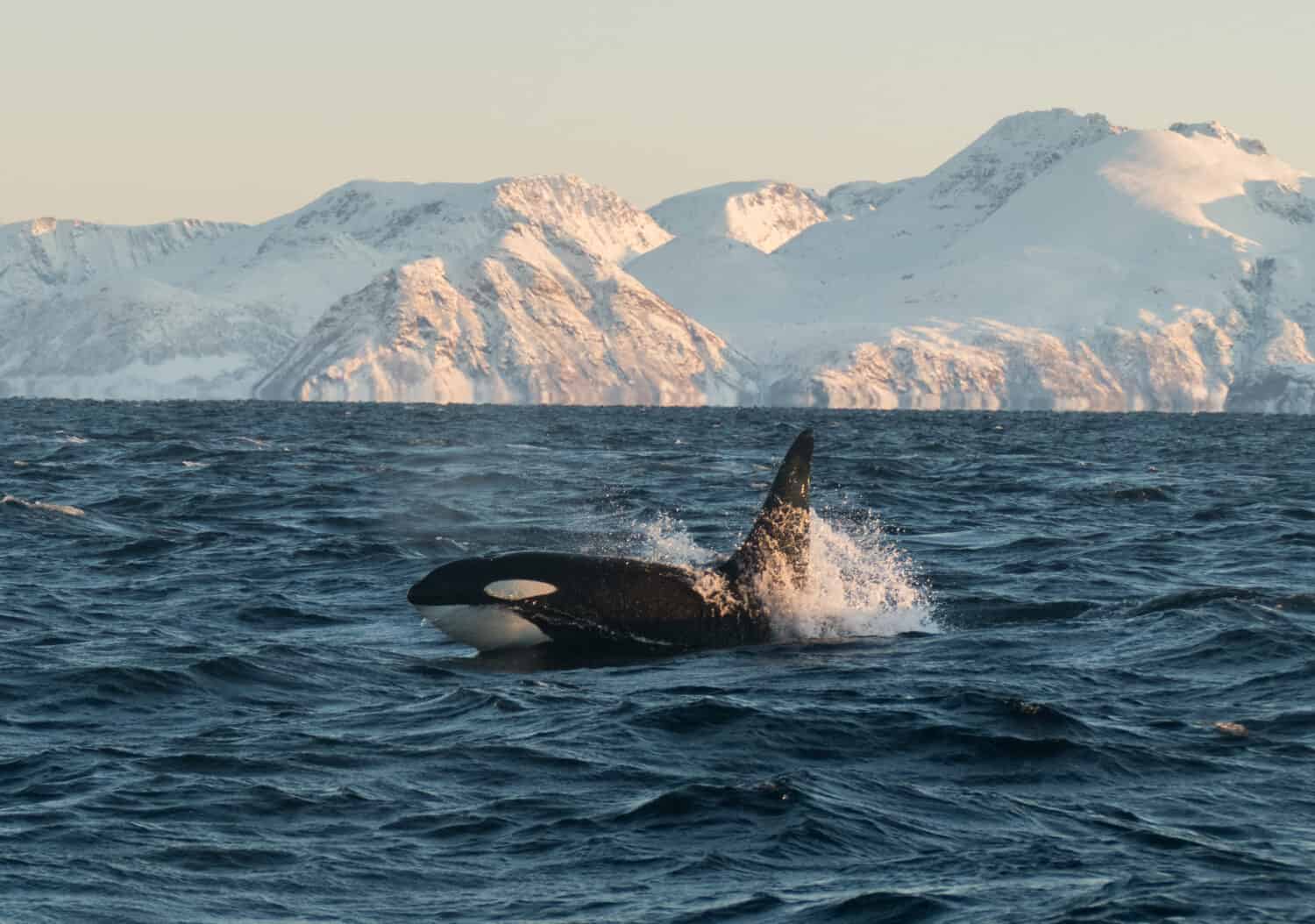
Winter is prime whale-watching time in Norway. The largest group of whales in the world comes together in the north near the fjords during the winter.
©Miguel Schmitter/Shutterstock.com
The proximity to the Arctic Circle influences Norway‘s climate; its winters are frigid, snowy, and dark. On average, Norway gets about 71 inches of snow annually (or 181 centimeters.) Despite the cold, Norway’s winters are full of rugged natural beauty and fun activities. Norway is home to many popular mountain ski resorts. People also enjoy plenty of other activities in the winter, including cross-country skiing, tobogganing, snowshoeing, dog sledding, whale watching, fat biking, and taking a snowy train ride across the country.
4. Sweden
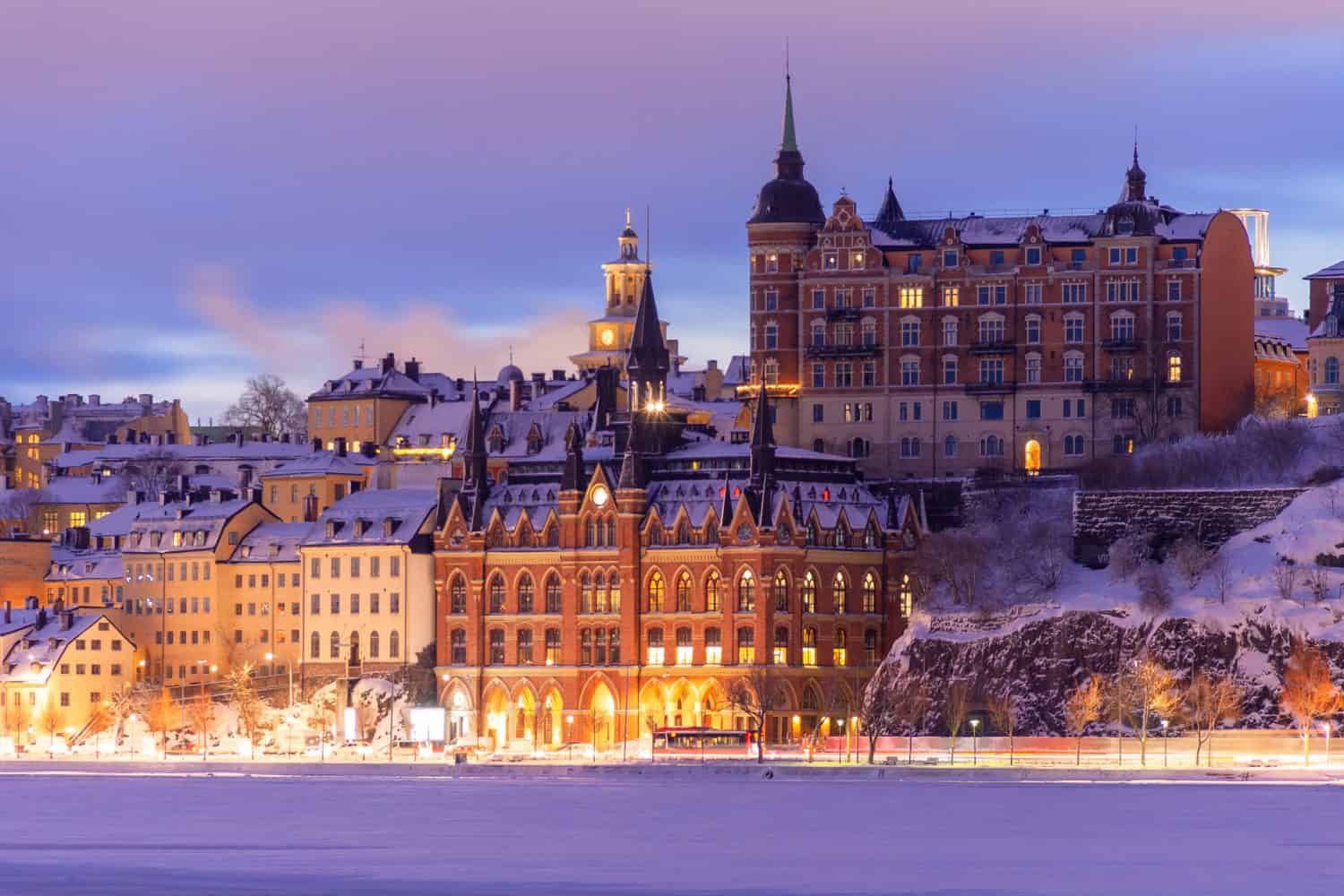
Old Town in Stockholm, Sweden, transforms into a snowy wonderland during the winter.
©Iurii Kravtsov/Shutterstock.com
Sweden gets a lot of snow, with the average annual snowfall ranging about 63 inches (160 centimeters.) This Scandinavian country is known for its natural beauty and enthusiastic embrace of winter, while winter activities include strolling through cheery Christmas markets, skiing, ice skating, snowshoeing, and snowmobiling. Also, the world’s first hotel made entirely of ice is located in Sweden. The Icehotel is rebuilt with ice from the frozen Torne River each winter.
5. Finland
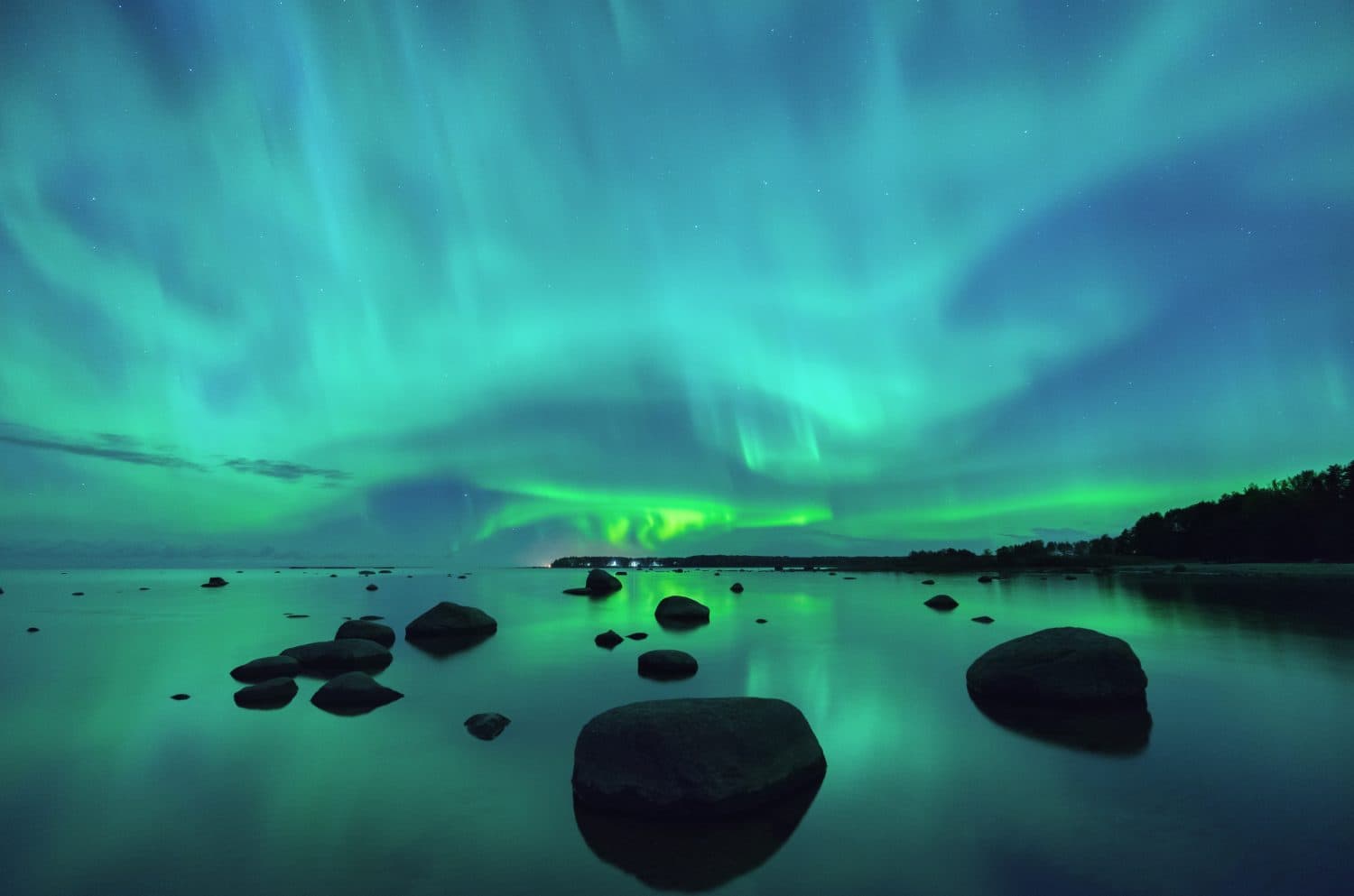
The northern lights can be seen in the northern region of Finland.
©Smelov/Shutterstock.com
In northern Europe, the snowy country of Finland averages about 60 inches (152 centimeters) of snowfall per year. Finland winters are charming and magical, with Christmas markets, skiing, and ice skating. Additionally, tours are available in the northern region of Lapland, where travelers can go dog sledding and snowmobiling and watch for the breathtaking northern lights.
6. Iceland
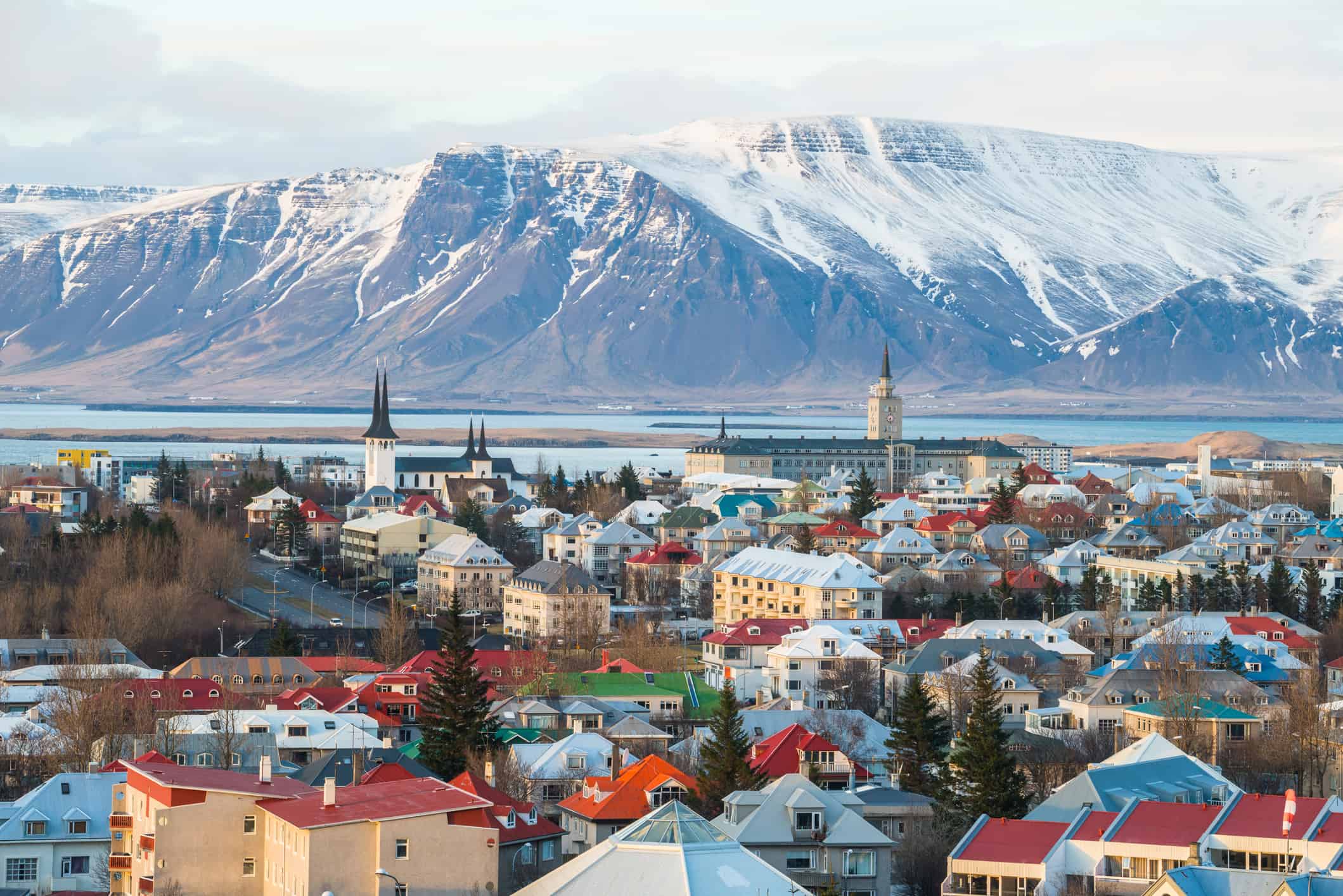
Reykjavík is the world’s northernmost capital city.
©Boyloso/ via Getty Images
Another snowy European country is the Nordic Island of Iceland, which receives about 40 inches of snow per year (or 102 centimeters.) Iceland is home to massive glaciers, which are protected in national parks. The capital of Iceland, Reykjavík, is where about two-thirds of the entire population lives. Although Iceland is situated on the edge of the Arctic Circle, the warm Gulf Stream brings in warmer air, causing abrupt temperature shifts.
7. Serbia

Every winter, the breathtaking Saint Sava Temple in Belgrade, Serbia, is transformed into a winter wonderland surrounded by snow and ice.
©Vladimir Nenezic/Shutterstock.com
In southeastern Europe, Serbia has hot summers and cold winters with plenty of snow. The annual average snowfall ranges from 35 to 47 inches (90 to 120 centimeters), although the amount varies from region to region. The weather begins to grow chilly in November when the winter recreation begins. There are many ski resorts in the mountainous region of the country. People also enjoy winter hiking, snowboarding, and ice skating.
8. Austria
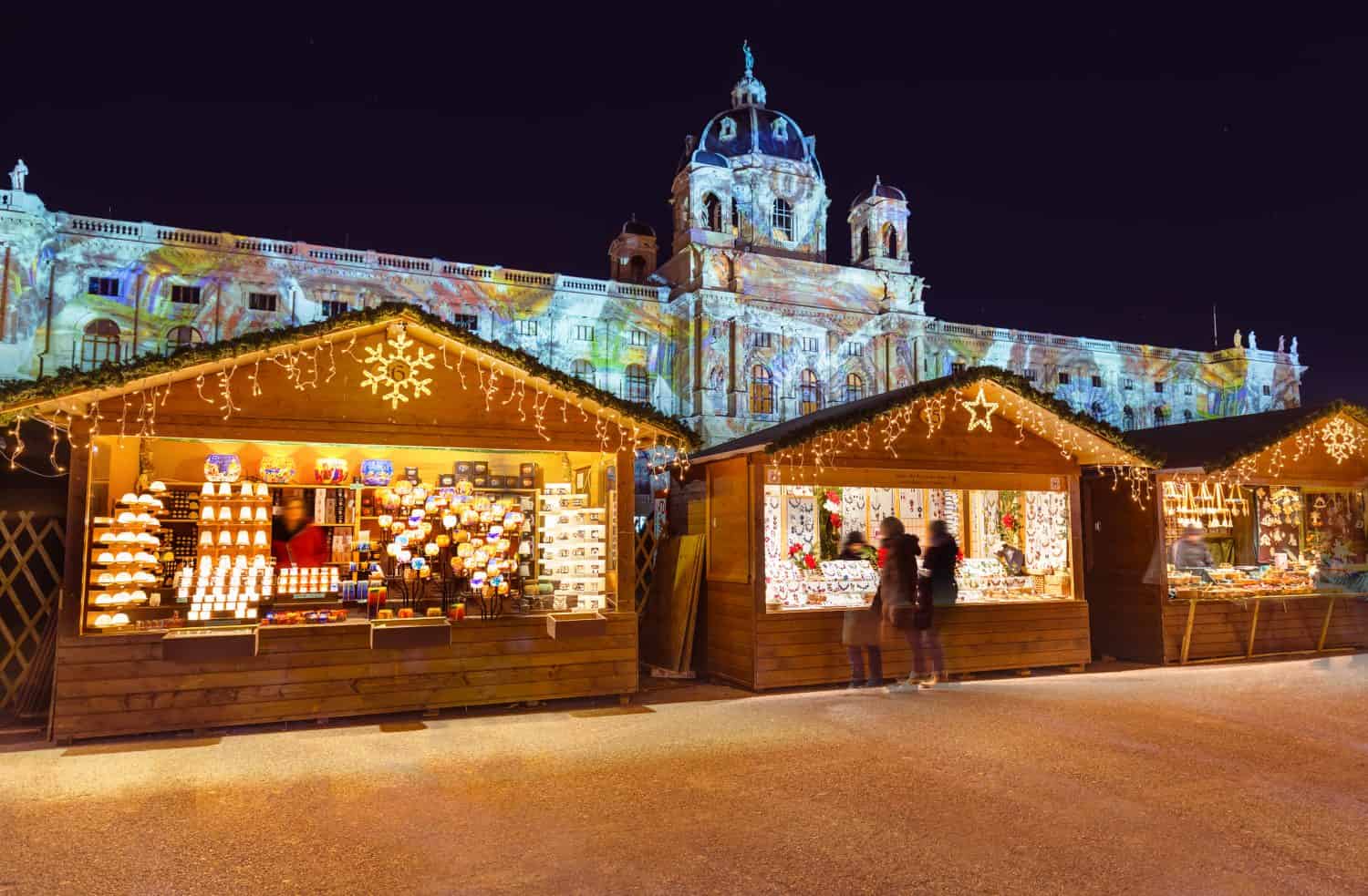
The capital city of Vienna holds an enchanting Christmas market every December.
©Tatiana Popova/Shutterstock.com
Austria gets a lot of snow in the winter. However, this can vary based on region. The annual average snowfall is about 27 inches (69 centimeters,) with the most snow falling in the Alpine regions. Furthermore, one of the world’s most well-known and spectacular Christmas markets happens each year in Vienna, the capital of Austria.
Summary of the 8 Snowiest Countries in Europe
| Rank | Country | Annual Average Snowfall Total |
|---|---|---|
| 1 | Russia | 150 inches (381 centimeters) |
| 2 | Switzerland | 102.3 inches (260 centimeters) |
| 3 | Norway | 71.2 inches (181 centimeters) |
| 4 | Sweden | 63 inches (160 centimeters) |
| 5 | Finland | 60 inches (152 centimeters) |
| 6 | Iceland | 40 inches (102 centimeters) |
| 7 | Serbia | 35 – 47 inches (90 – 120 centimeters) |
| 8 | Austria | 27 inches (69 centimeters) |
Thank you for reading! Have some feedback for us? Contact the AZ Animals editorial team.







